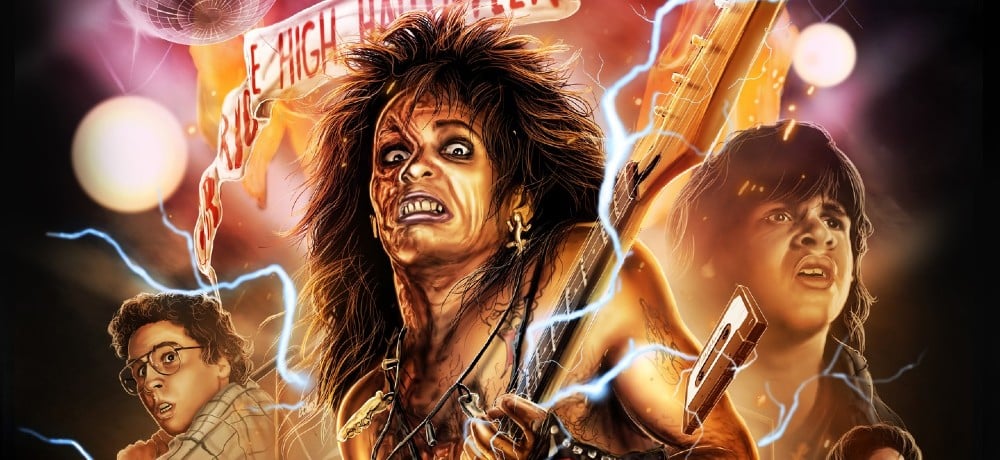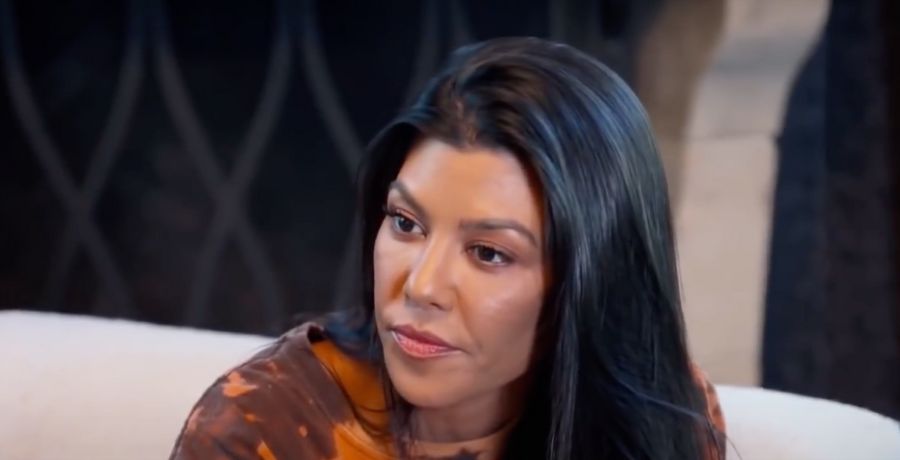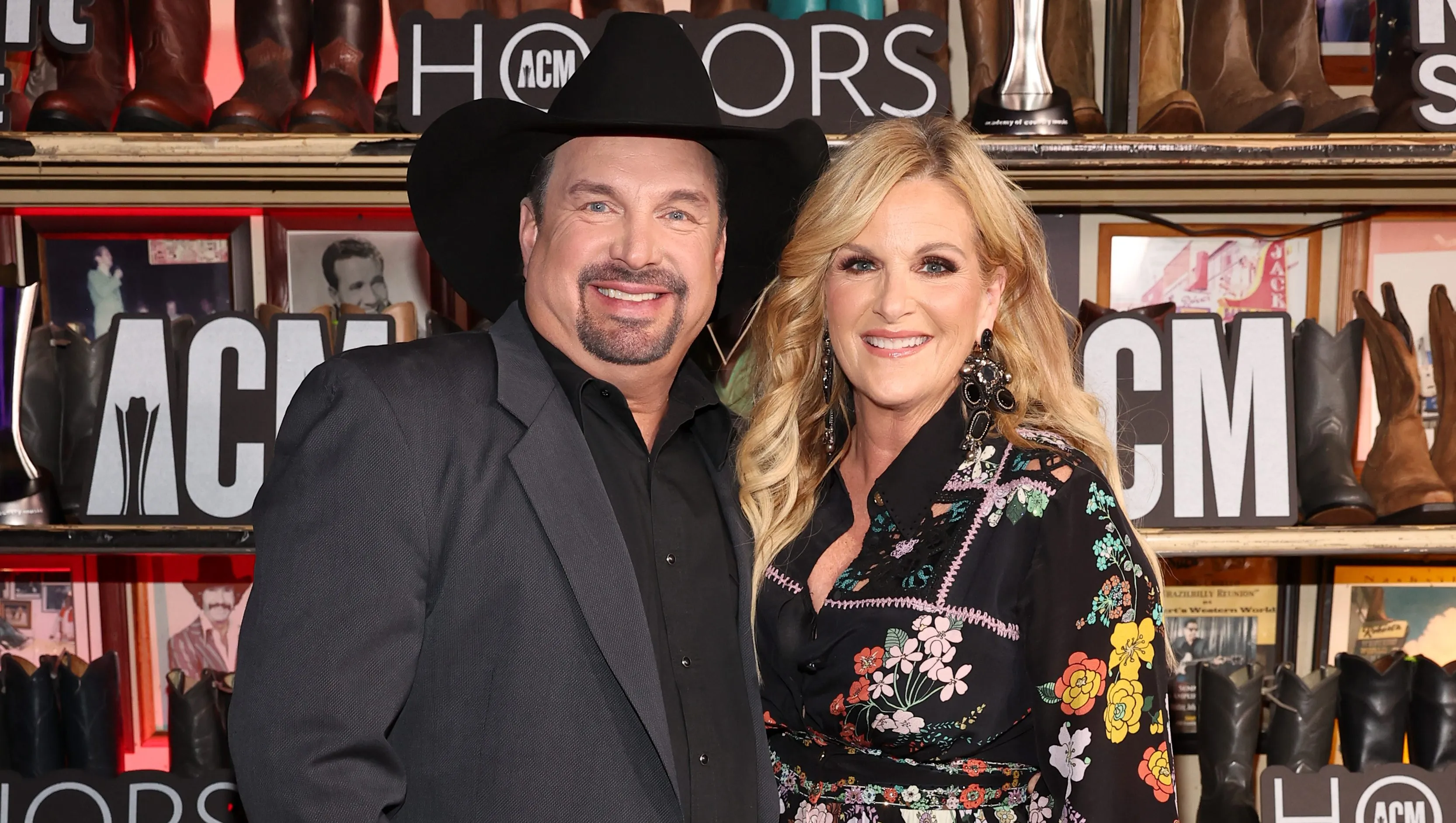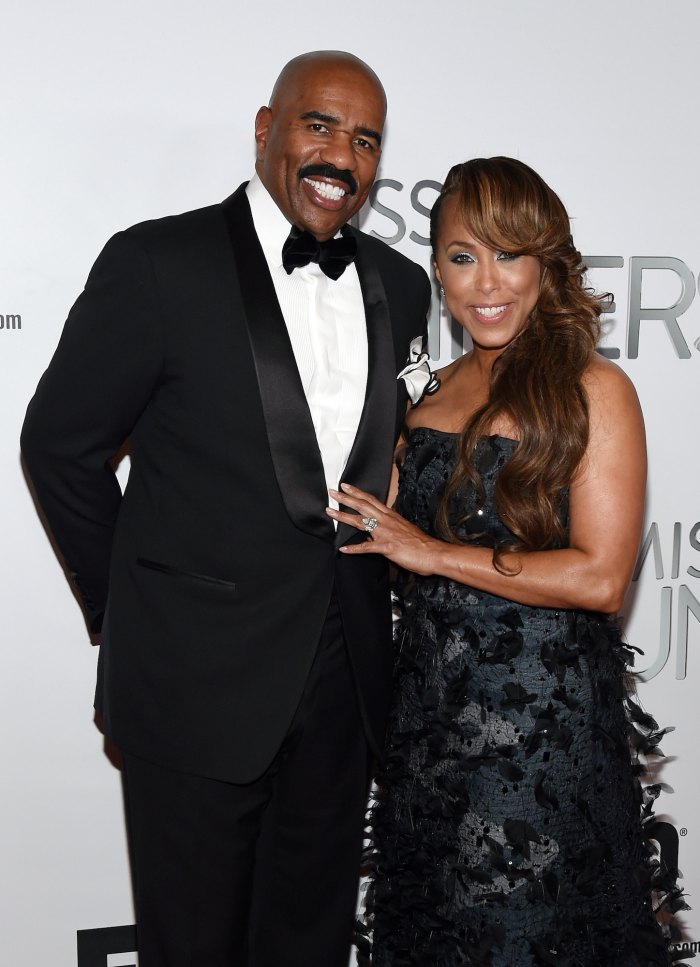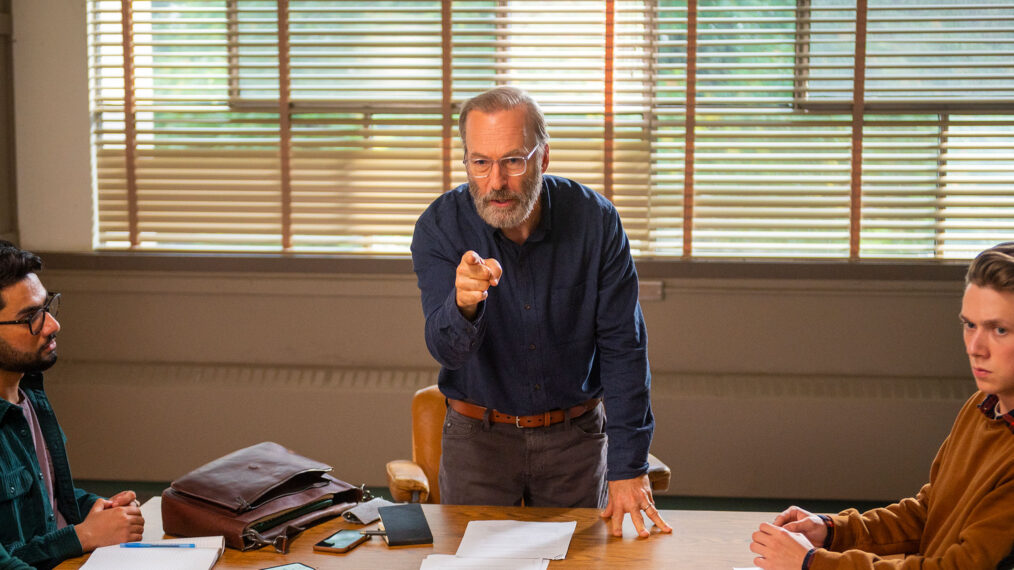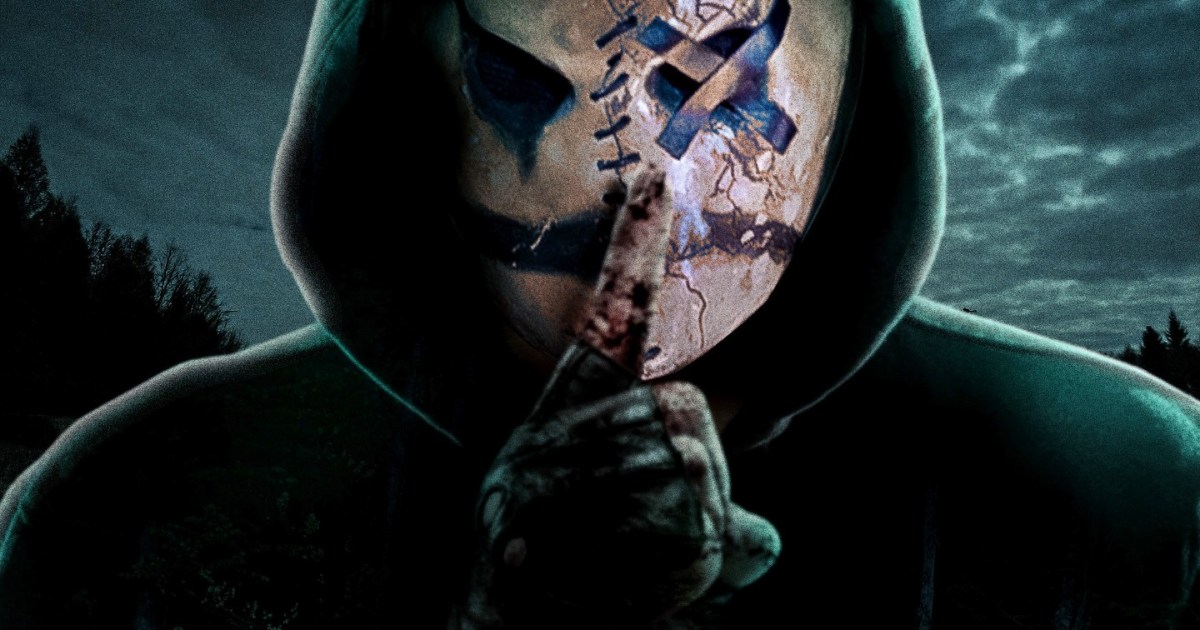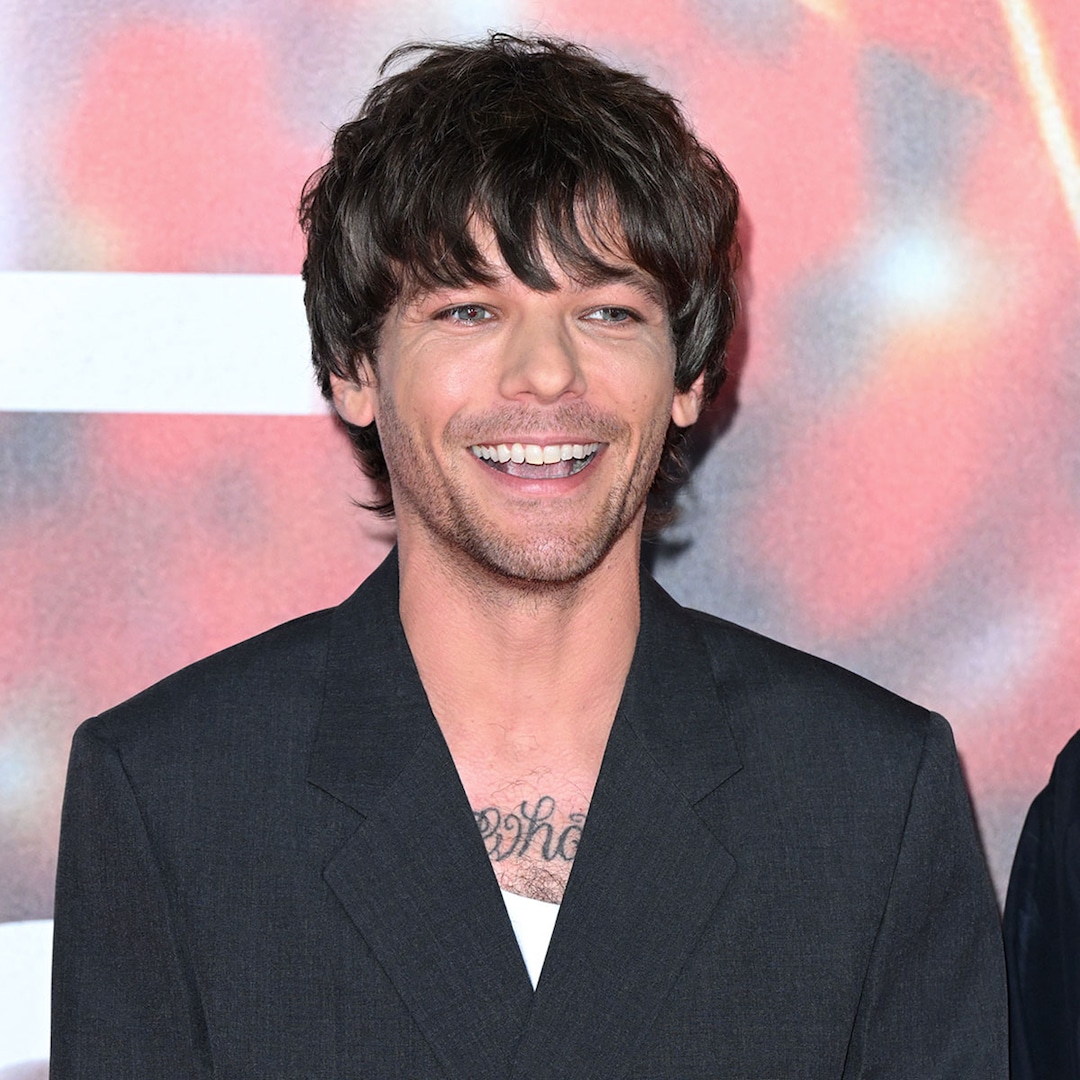Months into writing a new song with Chappell Roan in 2023, Dan Nigro hit a wall. The Grammy-winner songwriter-producer had tried just about everything he could think of with the bubbling under pop phenomenon — boosting the production, cleaning up the lyrics, adjusting the key — and yet the song still didn’t have that special X factor they were looking for.
“We kept on getting so frustrated,” Nigro tells Billboard. “We knew that something about it was really special, but we could not figure it out. Was it the key? Was it the verses that needed to feel more spunky?”
But once the duo found what they were looking for in the stratospheric chorus, the song transformed into Roan’s runaway hit, “Good Luck, Babe!” Since the song’s release in April, Roan (born Kayleigh Rose Amstutz) has become one of the most talked-about voices in mainstream pop music. The single marked her first entry on the Billboard Hot 100, debuting at No. 77, and has risen to No. 16 on the June 29-dated chart, with three of her other songs — “Red Wine Supernova,” “Hot to Go!” and “Pink Pony Club” — populating the lower half of the list. Meanwhile, her debut album, The Rise and Fall of a Midwest Princess, reaches a career-high at No. 8 on the Billboard 200.
It shouldn’t come as a surprise that a track co-penned by Nigro is finding such breakaway success. Over the last several years, the songwriter has cemented himself as one of the most sought-after writers in the business, helping write hits for pop artists including Olivia Rodrigo, Caroline Polachek, Conan Gray and others. But in working with Roan, Nigro says he’s found something especially exciting.
“When we made [her May 2020 single] ‘California,’ which was the second song we wrote together, I had this feeling like I was a part of something deeply special,” Nigro says. “It felt magical and deeply relatable … and really important, [because] she was making it so that it felt important.”
Nigro breaks down the “intense” process of writing “Good Luck, Babe!,” its runaway success over the last two months and why he knew early on that Chappell Roan was destined to be “a superstar.”
Tell me about the beginning of the process with “Good Luck, Babe!” — where did the original idea for the track come from, and when did you begin working on this?
Kayleigh, Justin [Tranter] and I actually started the idea in November of 2022. We wrote a scratch idea — it was just a verse and a chorus. The idea was originally called “Good Luck, Jane” — Kayleigh was really set on having it be a name.
It’s a song we wrestled with for a while. We laid down a demo, and the two of us felt like it wasn’t right. We knew something was special about the song, but we couldn’t tell what it was that we were getting wrong. So, we worked on it for a day, we put it away, and then a few months later, she came in for something else, and she was like, “What about that one song we wrote? I feel like there’s something there.”
Kayleigh’s voice is crazy across all of her songs, but it feels like she is in rare form on “Good Luck, Babe!,” where she’s almost expressing the entirety of her vocal range on one song.
Absolutely. When we opened it back up, we really narrowed in on the chorus and decided that some of the words needed to be in full voice. And then all of a sudden, we listened back and went, “Okay! I think we’ve figured it out!” Once we finally got it, it was such a relief. That song was so intense, and it was definitely one of the hardest songs to get right.
Kayleigh and I are not the people who go in the studio and write a song in one day. We take our time with it, comb over the lyrics and then forget about it for a month and come back to listen with fresh ears. A lot of times when you’re working on a song, in the midst of working on it, you tend to get really excited about it, and then you look back later and go, “Oh, that wasn’t as good as we thought it was.” Luckily, Kayleigh is so good at having that insight and knowing [when] to take a step back and reflect on it. She’s so incredible at having that self-awareness. She’s also such an incredible singer — which is a great thing, but because she often sounds really good singing any song, figuring out the difference between something being really good and being amazing can be tricky.
I know Kayleigh has said this song was “a b-tch to write,” and that very much tracks with what you’re describing here.
For sure. Though, it’s funny: To me, it wasn’t actually that much of a b-tch to write. I feel like it was the production and the process that was really tough. Actually writing the song was quite fluid. I remember she came over one day, and I was like, “Well, now we need a bridge.” She wrote the bridge all on her own in like two minutes. She said, “Put the pre-chorus chords on,” I looped it, and she just got on the mic and went for it. I was trying to keep looping the chords more because she just kept singing, and I was like, “No, we have to go further!” It was amazing.
You mentioned that the original version of the song you wrote with Justin had really different verses lyrically — what would you say fundamentally changed between that first draft and the final version?
I don’t exactly remember what the verses were to begin with, just because it’s been so long since we wrote them. But I do remember that we wanted the words to feel more effortless. We wanted to make sure it had that casual, cool, laid-back feeling to it. The lyrics were a little bit more pointed, a little more cutting. We chilled it out, and then she was sitting on the couch at one point, and she said, “I just want to have a line in there about my arms reaching out of a sunroof.” It was so funny.
At what point in this process, if at all, did you think that “Good Luck, Babe!” was going to be a hit?
When a song is difficult to get right, especially from the production side of things, I become so self-conscious of it that I can never see it super clearly. Also, “Good Luck, Babe!” is so dramatic — I tend to keep my productions pretty minimal for the most part. But “Good Luck, Babe!” is such an epic production — there are like 100 string parts! When I’m adding that much production, I tend to feel like I’m doing too many things. So, I don’t think there was any point in that process where I was like, “Oh, this one’s going to be a hit.”
I remember she texted me the day the song came out, just being excited about the song. Then her manager texted me and said, “This one feels special, this feels different right now.” That is, to me, the crazy thing about being able to see the numbers in real time: You have absolutely no way of knowing, and then within 12 hours, people can tell you, “Oh yeah, audiences are really liking this one.”
It seems clear that “Good Luck, Babe!” really cemented this cultural moment for Kayleigh: The song has climbed into the top 20 of the Hot 100, “Red Wine Supernova,” “Hot to Go!” and “Pink Pony Club” have all entered the Hot 100, and The Rise and Fall of a Midwest Princess continues to climb on the Billboard 200, reaching the top 10.
It is crazy to watch. This feels like … I don’t want to say “destiny,” that’s the wrong word to use. It all happened for a reason. This song was made during the making for Rise and Fall, and to me, it felt like it could have easily been on the record. I’d like to think that because it came out at a different time, it held a different meaning and it was a different vessel for the album. Whereas, if it came out with the album, then the record would not be what it’s doing right now.
Why do you think this moment is happening right now, rather than with the album’s release last September?
All I can say is, three or four days into meeting her, I was convinced she was a superstar. I was so enamored by the way she thought about music, and I could not believe I was a part of it, because it felt magical and also deeply relatable. When we made “Pink Pony Club,” that was the record where it felt like we were making something actively powerful. It was that sort of feeling where you get the sense that you’re making a song that people need. I’ve always felt that something like this was going to happen for her; the question was just when it would happen.
The fact that she’s so phenomenal live means people are finally able to see in real time how good she is. That then becomes this word-of-mouth thing, and it’s wonderful to see her have such old school success. I’ve told so many people, “This is the way things used to be — you would have to see the artist live, and you see them be good at what they do and then spread the word.” She’s so good at what she does that the system is working again! It really is that simple.
That’s an important point — while a lot has happened in the last two months, this wasn’t “overnight” success. Chappell had been steadily growing before “Good Luck, Babe!” blew up.
I totally agree, it’s not “overnight” success in any way — even since the record came out nine months ago, every single day, the numbers were steadily going up by like a percentage each week. It just took so long to get to the point where enough people were talking about it every day for it to become exponential.
You’ve had a lot of success working with pop stars like Olivia Rodrigo, Conan Gray and Caroline Polacheck — is there anything about working with Chappell that feels different than your other collaborators? Or what things feel similar in the way you work with all of those artists?
If I’m being honest, I always feel weird when asked to compare people. I think the important thing is that she’s incredibly articulate about what she wants out of a song, and we have a great relationship when it comes to creating music. We’re writing songs together, but we’re also producing them together, and she’s in the room for a bunch of it. There’s a really good language between us when it comes to making music. I can understand what she’s looking for, and if I’m not getting something right when I’m producing, she can step in. She’s so good at explaining exactly what she wants, and it makes for a really good flow in our working relationship.
A version of this story originally appeared in the June 22, 2024, issue of Billboard.








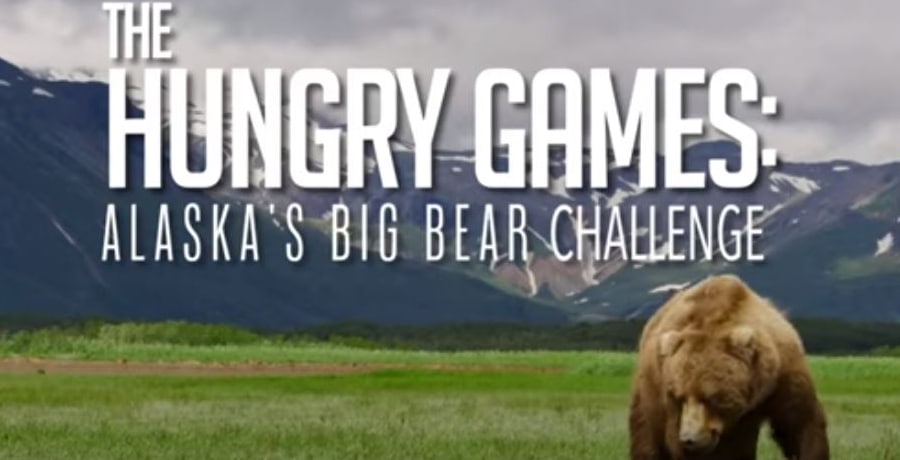




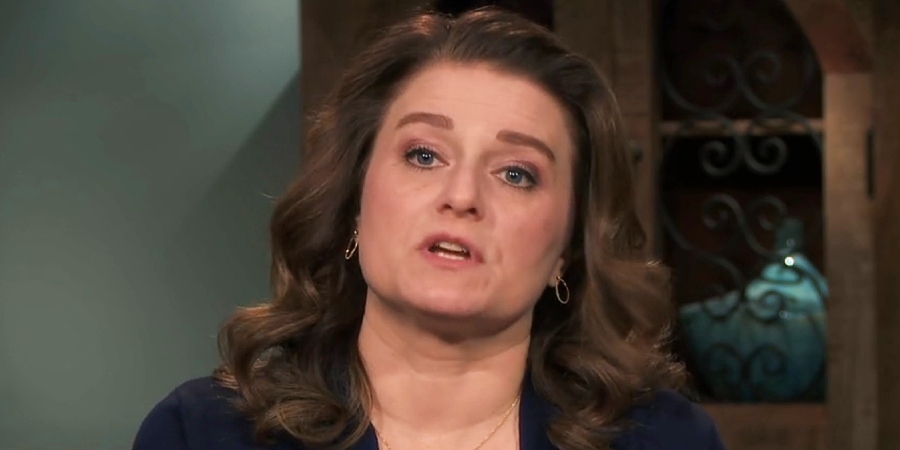
:quality(85):upscale()/2024/10/23/805/n/1922564/3c7878ba67193e463ea470.81388103_.png)
